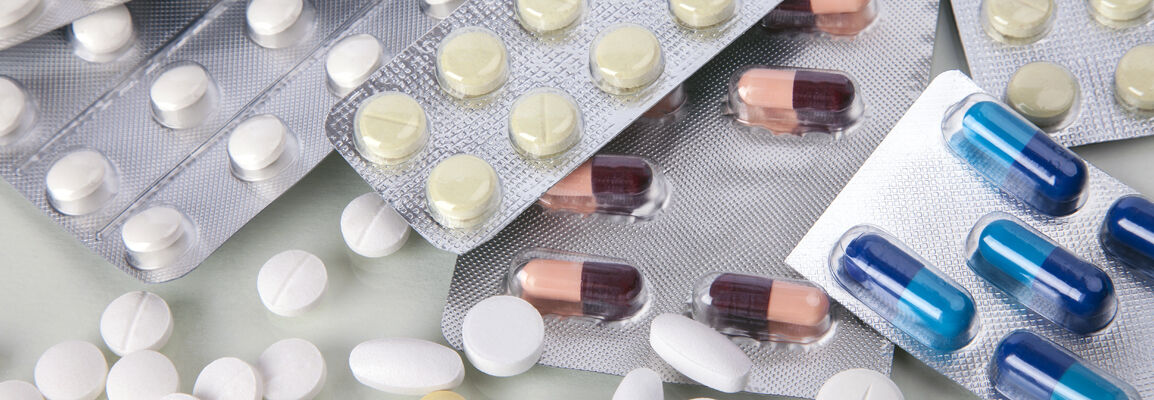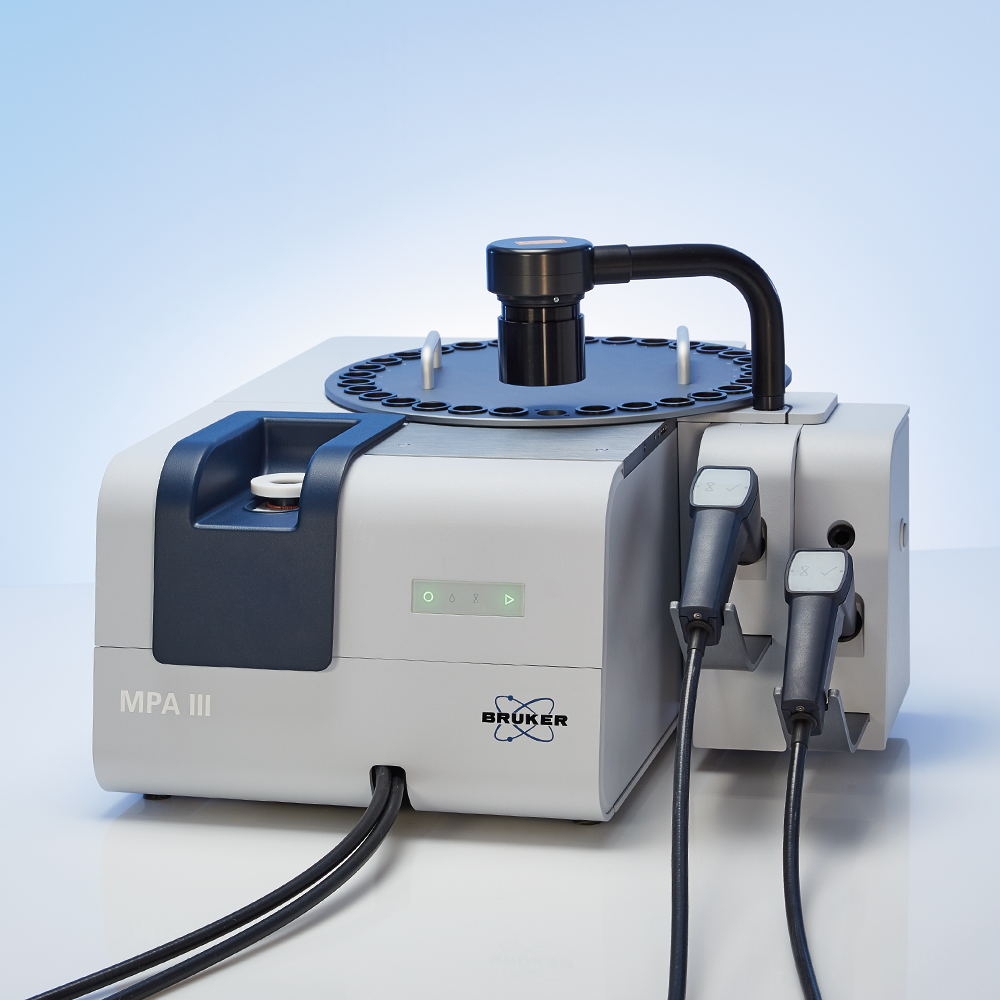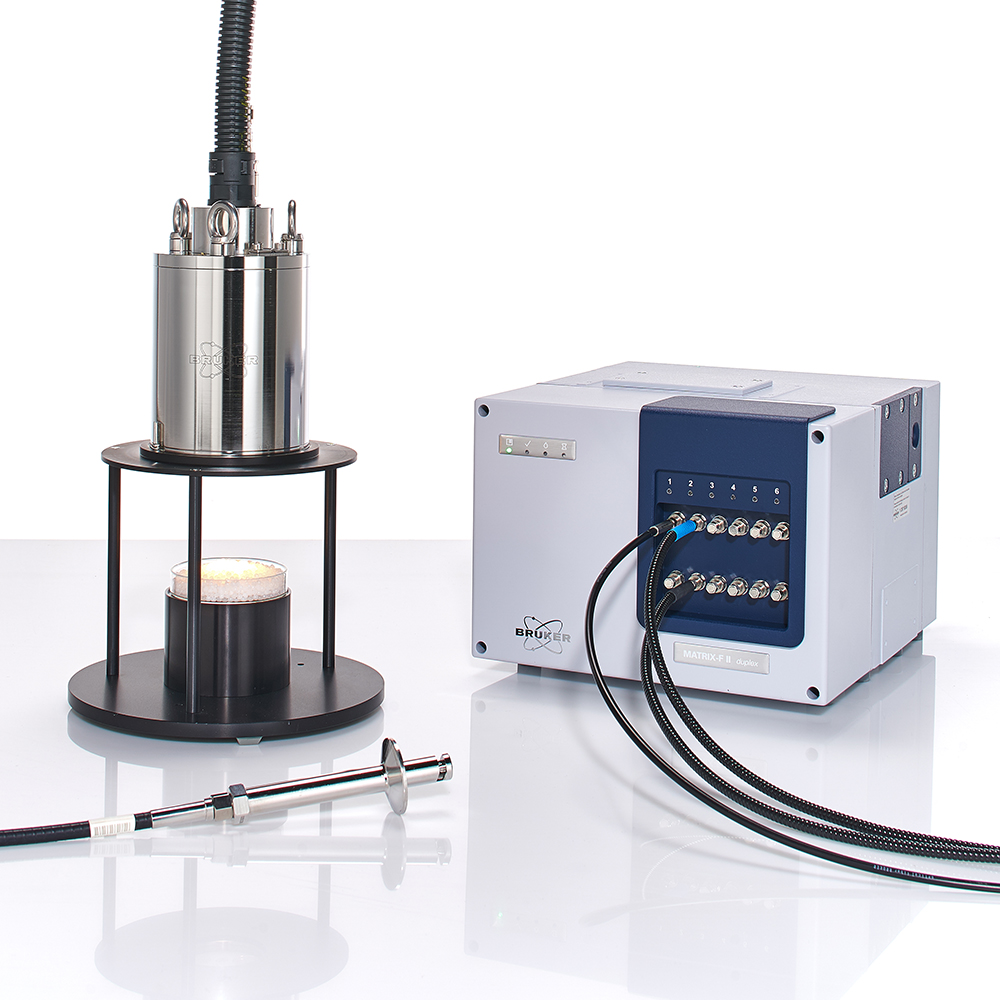
Secondary Manufacturing
Secondary processing of APIs into finished products
Pharmaceutical manufacturing is divided into two major stages: the production of the active pharmaceutical ingredient or drug, otherwise known as primary processing, and secondary manufacturing, the conversion of the active drugs into products suitable for administration, this can be presented as a tablet, capsule or injection, for example.
Once, the active ingredient (API) is manufactured and the identity of the substances is verified, then the next stages of blending, sieving, granulation and drying can take place. These are the main steps prior to the final tabletting or capsulation.
In the blending process, blend uniformity analysis is an important aspect that needs to be controlled during the manufacturing of solid dosage forms, since only a homogeneous mixture can be subdivided into individual doses, which provide the correct proportion of the API. During wet granulation processes a continuous monitoring of the water content allows the operator to generate the correct particle sizes and to avoid too wet or too dry products.
Application areas within secondary manufacturing include control of a tablet press (including data about the weight, thickness and hardness of the produced tablets), detailed analysis of the API distribution inside the tablet and monitoring of tablet coating processes. For all activity in tabletting, capsulation and coating, FT-NIR technology can generate chemical information about tablets and measure tablet thickness continuously, whereas, FT-IR imaging can guarantee a highly accurate and distortion-free image of the sample. Both technologies help to present manufactured active ingredients to the patients in a convenient way. X-ray microscopy is used to non-destructively visualize the three-dimensional API distribution inside the tablet and cracks induced by tablet compaction during manufacturing. Coating thickness is also measured with XRM, including complex coatings consisting of several layers.




